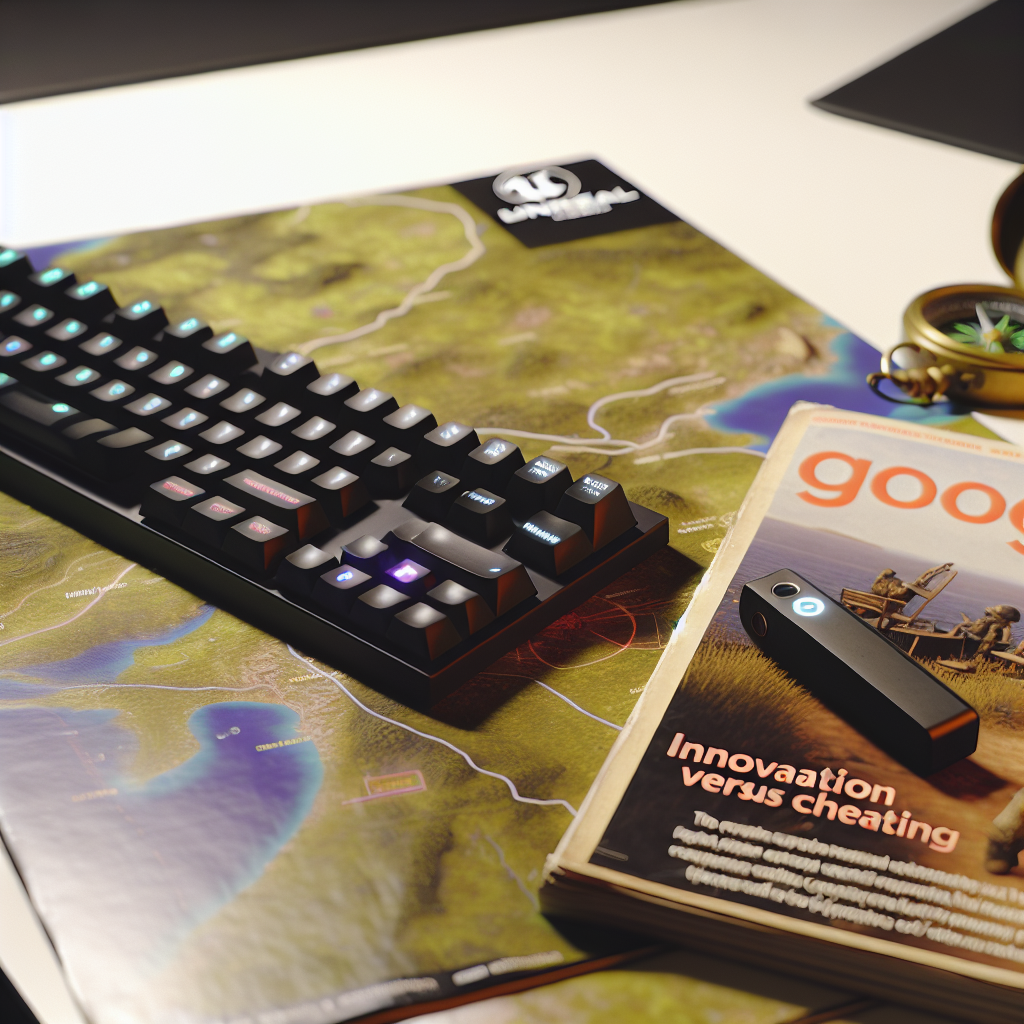In recent discussions within the game development community, a provocative idea has emerged: combining Unreal Engine 5 with Google Maps might be considered a form of cheating. This concept raises questions about fairness, originality, and the boundaries of technological innovation in game design. In this article, we explore whether this integration truly constitutes a cheat or if it simply represents the evolution of creation tools.
Leveraging Google Maps in Unreal Engine 5: Innovation or Cheating?
Integrating Google Maps data into Unreal Engine 5 allows developers to create incredibly realistic and geographically accurate virtual worlds. Users can generate detailed cityscapes, landscapes, and immersive environments with minimal effort, thanks to the extensive geospatial data provided by Google. While this opens up new horizons for simulation, urban planning, and entertainment, critics argue that it blurs the line between genuine creativity and exploitation of existing data.
Some developers see this combination as a revolutionary step forward in producing hyper-realistic experiences. Using real-world data can drastically reduce development time, enhance immersion, and foster innovative storytelling. However, the controversy arises over whether leveraging such vast datasets without corresponding licensing or original content creation dilutes the genuine skill involved in traditional game development. Is this practice a shortcut that undermines artistic integrity, or simply an evolution in tools?”
Implications for Fair Use and Ethical Development
The debate over whether using Google Maps data in Unreal Engine constitutes cheating largely hinges on legal and ethical considerations. Official licensing agreements govern the use of Google Maps API; thus, unauthorized or unlicenced incorporation can infringe on intellectual property rights. From an ethical standpoint, some argue that relying on existing real-world data diminishes the value of original design and creativity, potentially giving an unfair advantage in competitive environments such as game development contests or commercial projects.
Moreover, there are broader implications for the industry: if developers widely adopt such integrated tools without proper licensing or acknowledgment, it could lead to legal repercussions and stifle innovation rooted in original content creation. Conversely, proponents contend that using publicly available data with proper permissions can foster new types of storytelling and interactive experiences, advancing the industry as a whole. The key lies in maintaining a balance between technological innovation and respecting intellectual property rights.
Conclusion
While the integration of Google Maps with Unreal Engine 5 offers remarkable possibilities for realistic environments and faster development, it also raises important ethical and legal questions. Whether it is considered cheating depends on licensing, intent, and industry standards. Ultimately, this approach exemplifies the ongoing evolution of game development tools—pushing creative boundaries while prompting crucial discussions about originality and fairness.
